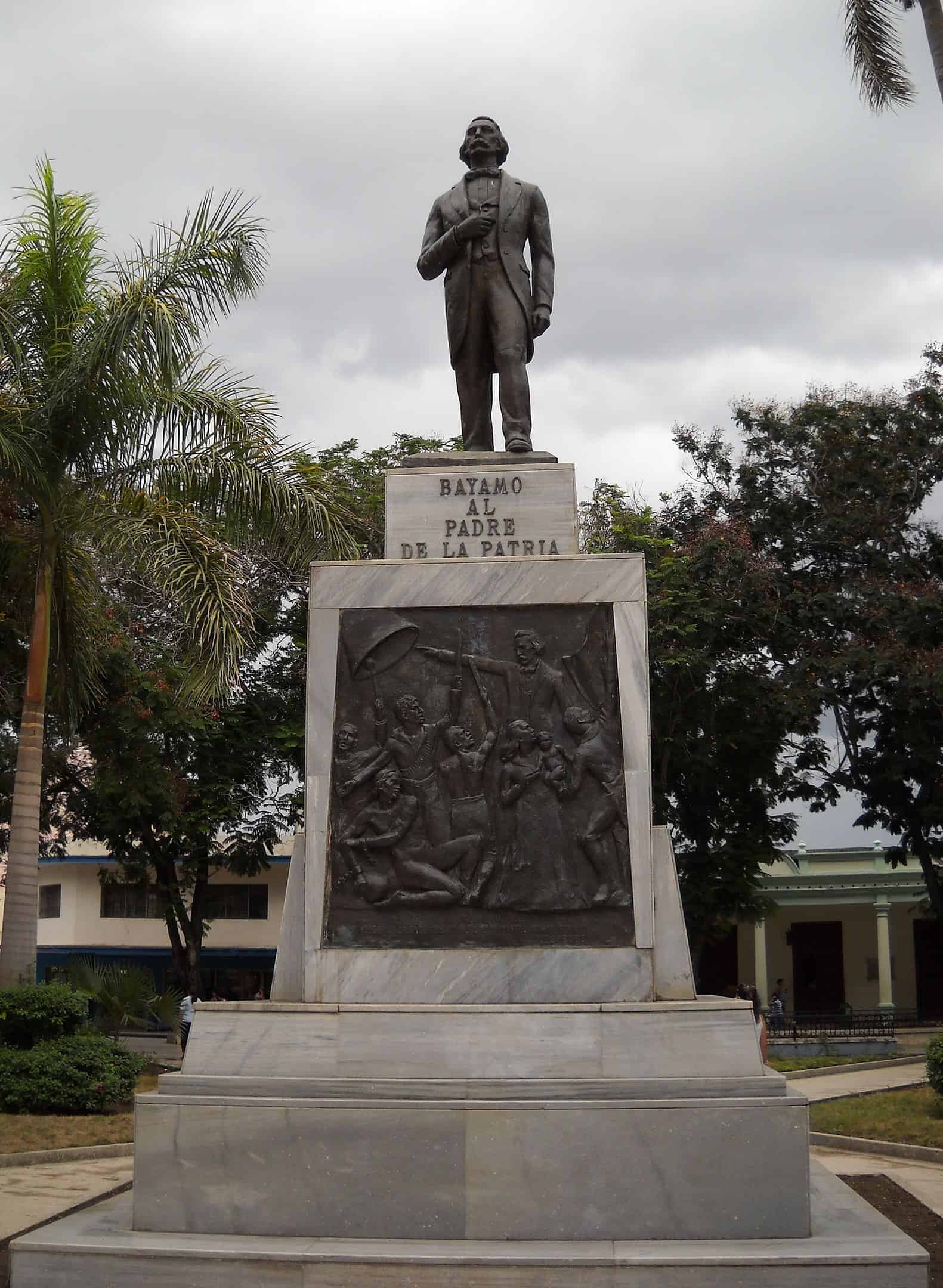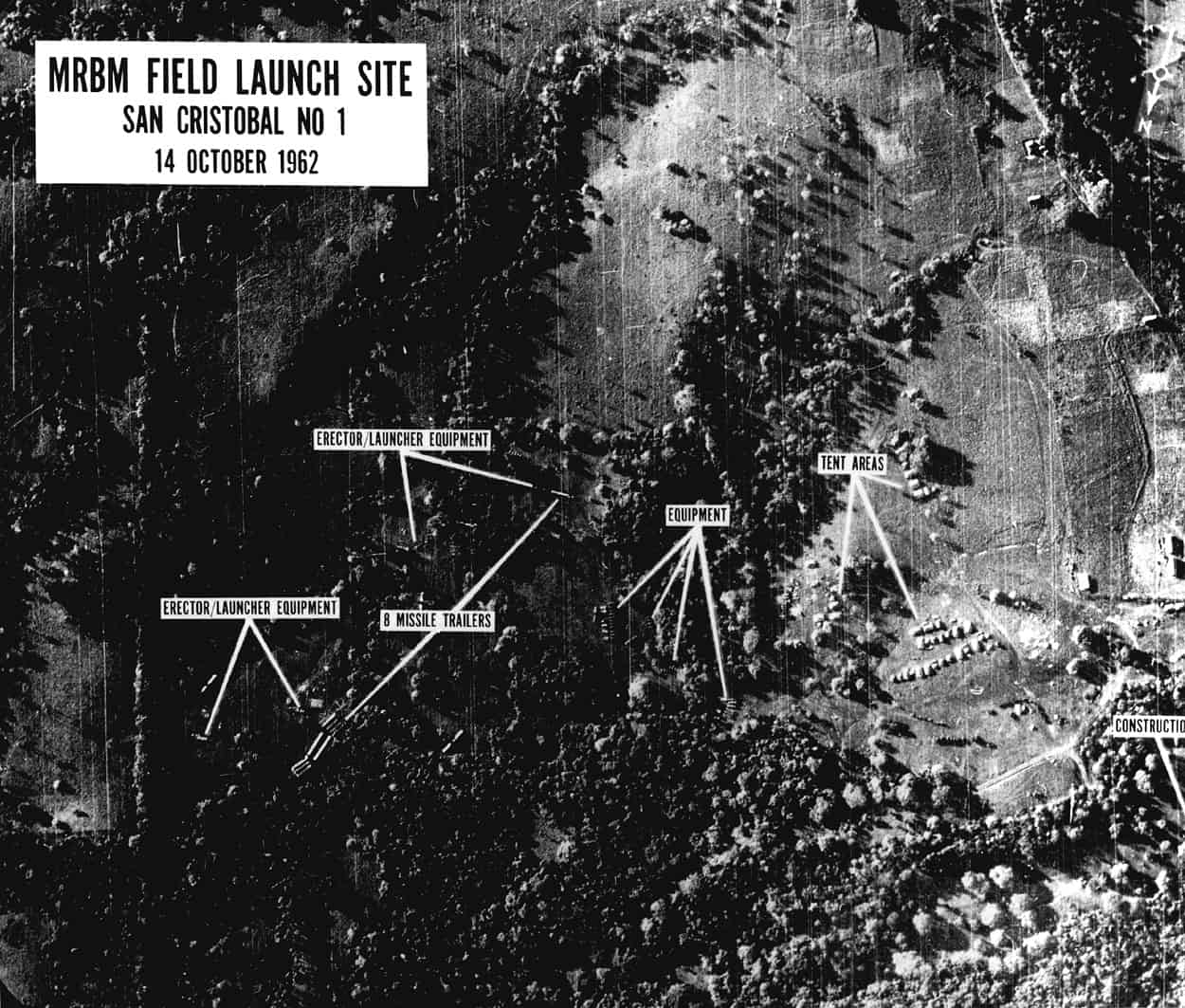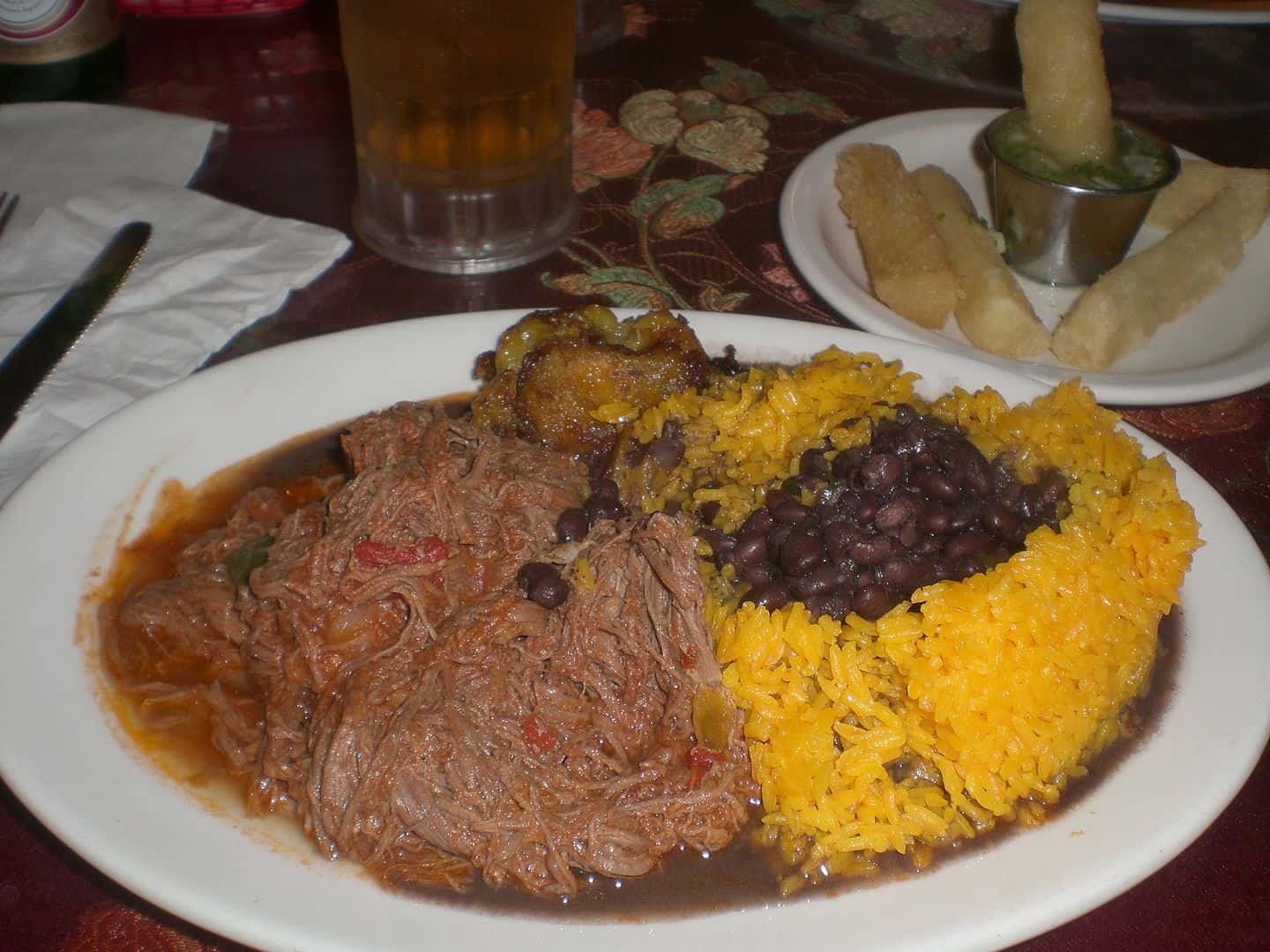
Cuba stands as one of the smallest countries in the world, but that hasn’t stopped it from making waves like its bigger neighbors. Sitting on the crystal waters of the northern Caribbean is Cuba, an endlessly fascinating country that is also unmistakably different from all the other countries in the world. No one feels left out in Cuba because it has something for everyone!
The island is popular for its cigars, beaches, and vintage vehicles, but it also has a thriving culinary scene. In search of adventure? Cuba has excellent rock climbing and scuba diving sites. Want to dance the night away? You’ll find many excellent hotels and resorts that offer a lively night scene!
You get the best of both worlds in Cuba because it’s the largest island in the Caribbean that won’t empty your wallet. The low cost of living, the pearly-white sand beaches, and the rich culture make Cuba a thriving hub for tourism.
Worried about the safety of the countries you visit? You won’t have to think about that in Cuba. The Cuban health system is recognized worldwide for its excellence and its efficiency. In fact, Cuba has managed to provide health care to its population, achieving results comparable to the most industrialized countries. Cuba also has the world’s largest doctor-to-patient ratio. As a result, several Cuban doctors travel to countries in need of medical assistance. How’s that for some impressive Cuba facts?
Once you get to Cuba, you will feel right at home! The country’s unique blend of indigenous, African, and European influences has resulted in a vibrant community that is now well-known across the world.
Want to know more about Cuba? You are in luck! We’ve got more important info to add to your knowledge of this alluring country. Here is a list of 40 Cuba facts for you to enjoy!
- Cuba, as a nation, covers an area of 109,884 square kilometers.
- The island of Cuba itself only makes up 104,556 square kilometers of the country’s total area.
- With a population of 11 million people, Cuba has the second-largest population of any Caribbean country.
- This puts the country’s population density at 102 people for every square kilometer.
- The country belongs in the GMT-5 time zone.
- The native Ciboney Taino people have lived in Cuba as far back as the 4th millennium BC.
- Spain colonized Cuba after Christopher Columbus discovered it in the 15th Century AD.
- The USA conquered Cuba from Spain in the Spanish-American War in 1898.
- Cuba officially became an independent nation in 1902.
- Instability in the 1940s led to a military junta taking over Cuba in 1952.
- A Communist revolt led to the rise of the Fidel Castro regime in 1959.
- Cuba supported and received support from other Communist countries during the Cold War.
- Cuba remained Communist under Fidel Castro even after the end of the Cold War.
- Fidel Castro died in 2008, but the Communist regime in Cuba endured even after his death.
- Fidel’s brother Raul Castro succeeded his brother as Cuba’s leader.
- The island of Cuba is the biggest in the Caribbean Sea.
- 59% of Cuba’s population follow Christian denominations.
- Cuba remains the only country to meet the World Wildlife Fund’s (WWF) criteria for sustainable development.
- The World Food Program (WFP) credits Cuba as having largely eradicated hunger and poverty.
- Cuba boasts the lowest malnutrition rate in Latin America.
Cuba enjoys a tropical climate.
The island has its position south of the Tropic of Cancer and the currents of the Caribbean Sea to thank for this. The latter, in particular, brings warmer waters North, from the equator to the island. This has the interesting result of giving Cuba a tropical climate when its latitude would otherwise give it a subtropical climate.
We can observe this in Hong Kong, which lies on the same latitude as Cuba on the other side of the world. But while Hong Kong only has a subtropical climate, the circumstances of Cuba’s location give the island a fully tropical climate.
Hurricane Irma devastated Cuba in 2017.
The hurricane hit Northern Cuba on September 9, with a wind speed of up to 270 km per hour. Storm surges caused flooding along the coast, something made worse by high tide at the time. Up to 23 inches of rain fell in the island’s affected regions, leaving an estimated 160,000 homes damaged and another estimated 15,000 homes destroyed.
At least 1,000 healthcare facilities were also left in ruins. Thankfully, only 10 people died during the storm, but the damage still cost the country an estimated $13.19 billion. Cuba’s agricultural sector took particularly heavy damage, evident from the 950 square kilometers of farmland that was ravaged by the hurricane.
Columbus’ arrival in Cuba resulted in disaster for the natives.
Columbus first spotted Cuba on October 12, 1492, and made landfall on October 28. That said, it would take until 1511 before the Spaniards began colonizing the island at Baracoa.
The colonists imposed the encomienda system on the Taino natives, and they found themselves forced to work for the Spaniards. The worst impact of Spanish colonization, however, came in the form of diseases, to which none of the Taino had any form of resistance whatsoever. Diseases such as smallpox and measles brought by the Spanish proved especially deadly as they wiped out the Taino population by the early 1600s.
Britain briefly took control of Cuba in the 18th century.
This took place during the Seven Years’ War, with the British reaching and capturing the island in June 1762. Western Cuba fell under British occupation, which lasted less than a year. The British withdrew control in February 1763.
This surrender of authority was due to the signing of the Treaty of Paris of 1763, with Britain returning Cuba to Spain in exchange for Florida.
Slavery in Cuba expanded during the early 19th Century.
Here’s a grim piece of true Cuba Facts. This ironically resulted from the Haitian Revolution, when slaves in nearby Haiti revolted against their French masters. This not only ensued in Haiti gaining independence but also an end to slavery on the island, at the cost of Haiti’s economy.
Cuba’s landowners saw an opportunity in this, importing large numbers of slaves from Africa. They then put the slaves to work in sugar plantations, hoping to have Cuba take Haiti’s former place as the heart of the Caribbean sugar industry. By 1817, African slaves made up a third of Cuba’s population, with an estimated 600,000 slaves across the country.
Cuba repeatedly tried to gain independence in the late 19th Century.

Carlos Manuel de Cespedes led a revolt against Spain in 1868, even freeing his own slaves to become soldiers to fight the Spanish. Volunteers from the USA, Mexico, and other American countries joined the rebels. Even former Chinese slaves fought alongside the rebels.
The war ended with the 1878 Pact of Zanjon, an agreement that still placed Cuba under the Spanish crown but with its own autonomy. Calixto Garcia attempted another revolt in 1879 but failed to find the support he needed. Jose Marti made his own attempt in 1895, but his death in the Battle of Dos Rios that same year caused his revolt to collapse.
The USS Maine’s destruction in Cuba led to the Spanish-American War.
The instability in Cuba during the 1890s caused great concern in the USA, mainly because of the country’s economic interests on the island. This eventually led the US Navy to send the battleship USS Maine to Havana in February 1898. They hoped the battleship’s presence would show the Spaniards America’s determination and willingness to protect their interests.
On February 15, the battleship exploded while sitting at anchor, causing American outrage and blaming Spain for the incident. Predictably, the US government acted on the conflict, beginning the Spanish-American War. In 1974, a navy investigation found evidence that an accidental coal fire could have caused the explosion that sank the battleship. It might just been an accident that caused unnecessary bloodshed.
The Communist takeover in Cuba in the 1960s led to the Bay of Pigs Invasion.
The CIA planned the invasion, with the goal of landing a force of American-trained and equipped Cuban exiles on the island. They would then secure a landing zone, and with American air and naval backing, retake the island and bring the Castro regime down.
Unknown to the CIA, however, Cuban agents had learned of the impending invasion, and had also received additional warnings from the Soviet KGB. This meant when the invasion began on April 17, 1961, the Cuban military lay in wait for the invaders.
Despite American air support, the invasion force struggled to make any real gains. Worse, the CIA had failed to properly coordinate with US President John F. Kennedy. This allowed the Soviets to win the fight for international opinion and forced President Kennedy to withdraw American support. This, in turn, forced a surrender of the trapped forces on the island to the Cuban military.
Nuclear war nearly erupted over Cuba soon after.

The USA had stationed nuclear missiles in Italy and Turkey in the 1950s, which the Soviet Union saw as a direct threat to their country.
After the failed Bay of Pigs Invasion, the Soviets and Cubans agreed to deploy Soviet nuclear missiles to the island. President Kennedy responded with a blockade of Cuba, demanding the immediate withdrawal of Soviet missiles. The Soviets then sent nuclear-armed submarines into the Caribbean Sea, while the Americans prepared for airstrikes against Cuba and the Soviet Union. To make matters worse, the Cubans shot down an American plane flying over the island. Historians generally agree that this point represented the closest the world ever came to a nuclear war.
In the end, the Soviets withdrew their missiles from Cuba. In return, the Americans publicly agreed not to invade Cuba in the future, and also withdrew their missiles from Italy and Turkey.
Cuba joined the Communist Bloc in intervening in Angola during the 1970s.
In 1975, a civil war broke out in Angola between the Communist-backed MPLA, or Popular Movement for the Liberation of Angola, and the Western-backed UNITA or National Union for the Total Independence of Angola.
The war lasted for 27 years, before finally ending with MPLA’s victory in 2002. In that time, an estimated 400,000 Cuban troops fought alongside the MPLA, earning Cuba a mixed reputation.
African nationalists like Nelson Mandela publicly praised the Cubans, on the basis that they fought against Western Neo-Imperialism in Angola.
Others, however, such as missionaries from South Africa, condemned the Cuban intervention, pointing out how the Cubans bombed not just UNITA-controlled villages and also hospitals, but even churches.
Cuba is now enjoying improving relations with the USA since the beginning of the 21st Century.
The process began with US President Barack Obama, who ended a prohibition against Cuban-Americans going to and from Cuba. He also lifted restrictions against Cuban-Americans sending remittances to their friends and relatives in Cuba.
Later on, with diplomatic support from Canada and the Pope, Cuba and the USA reached another agreement. Both countries agreed to release political prisoners and to reopen embassies in each other’s capital cities in 2015. In that same year, President Obama also considered removing Cuba from the USA’s list of countries that sponsored terrorism.
Groups regularly condemn Cuba for its records of human rights violations.
In particular, they point out how dissidents in Cuba find themselves facing the threats of torture, arbitrary imprisonment, and even extrajudicial executions. That Cuba also remains a one-party state has also drawn condemnation from human rights groups.
America, in particular, maintains an embargo on Cuba until the island returns to a democratic government. Statistics estimate that up to 200,000 people had suffered human rights violations over the decades of the Castro regime. However, as of 2010, human rights groups estimate only 200 political prisoners in Cuba, seeing a change of landscape in the volatile islands.
Agriculture once made up a large part of the Cuban economy.
Today, though, less than 10% of the country’s Gross Domestic Product comes from the agricultural sector of its economy. That said, it does employ up to 20% of the country’s workforce and uses up to 30% of the country’s land.
Cuba also remains the world’s third-largest grapefruit producer, and once led the world in sugar production. In fact, until the 1960s, the USA imported 30% of its sugar from Cuba. Cuba also counts as the world’s second-largest tobacco farming area, with the island especially famous for its cigars.
So much so, that even with the embargo making them illegal, Cuban cigars have quite the consumer base in the United States Of America. Bringing in an estimated $200 million per year, Cuba’s tobacco industry remains the third-largest money maker for the country.
Tourism has become the biggest part of the Cuban economy since the early 2000s.

In 2003 alone, an estimated 2 million tourists visited Cuba, primarily from Canada and Europe. This brought the country an estimated $2.1 billion of tourism revenue. By 2011, the number of tourists would rise to 2.7 million, with thousands coming from even the USA to access the Cuban healthcare system.
Cuba’s healthcare system has become recognized as one of the best in the world.
Here’s a warm surprise for Cuba Facts. Cuba has a universal healthcare system, limited only by shortages of medical supplies. In fact, the country’s advanced health system despite Cuba’s status as a Third World country has led observers to call it the Cuban Health Paradox. Cubans enjoy life spans of up to 80 years, rivaling those in the First World. Infant mortality rates also rival those in First World countries, with only an average of five Cuban infants dying per year.
Cuban scientists have even developed a vaccine for lung cancer.
They call it Cimavax, available not just in Cuba, but also in Colombia, Paraguay, and Peru. The vaccine currently remains in the trial phase in the USA, Japan, and Europe, with early trials in 2018 and 2019 showing promise. More trials have continued since 2019, with Cimavax proving high performance in combination with other anti-cancer therapies.
Cuban music is one of the most visible expressions of Cuban culture.
Cuban music features elements from all the cultural influences present in the country, such as Afro-Caribbean as well as Spanish. They even have their own musical instrument, the Tres, based on the Spanish guitar and lute. Cuban musicians have also dabbled in classical music, with the Cuban pianist Ernesto Lecuona gaining international fame.
Rap music is also present in Cuba, as far back as the ’90s, with the Puerto Rican reggaeton genre also gaining ground in that time. Reggaeton, however, has faced opposition from the Cuban government, which banned it in 2011 for its so-called degenerate themes.
Cuban cuisine features a fusion of Spanish and Caribbean influence.

Rice makes up the staple of Cuban cuisine, along with bananas and black beans. Meat commonly served in Cuban food includes beef and pork, usually cooked in a light sauce. The most common spices include bay leaves, cumin, garlic, onions, and oregano.
Baseball makes up the most popular sport in Cuba.
Interest in baseball picked up in the 1870s, even before the Americans directly intervened. Despite its American origins, baseball has since become a national symbol in Cuba. This comes from how baseball’s popularity allowed it to replace Spanish sports once present on the island, such as bullfighting.
Even under the Castro regime, baseball was the country’s national sport. In fact, statistics point to up to 62% of all Cubans knowing how to play the sport.
Boxing also enjoys widespread popularity in Cuba.
Statistics estimate that up to 19,000 Cubans practice boxing, with 81 of those able to meet Olympic standards. The island as a whole boasts an estimated 200 boxing facilities, along with an estimated 500 professional boxing coaches.
Was this page helpful?
Our commitment to delivering trustworthy and engaging content is at the heart of what we do. Each fact on our site is contributed by real users like you, bringing a wealth of diverse insights and information. To ensure the highest standards of accuracy and reliability, our dedicated editors meticulously review each submission. This process guarantees that the facts we share are not only fascinating but also credible. Trust in our commitment to quality and authenticity as you explore and learn with us.
